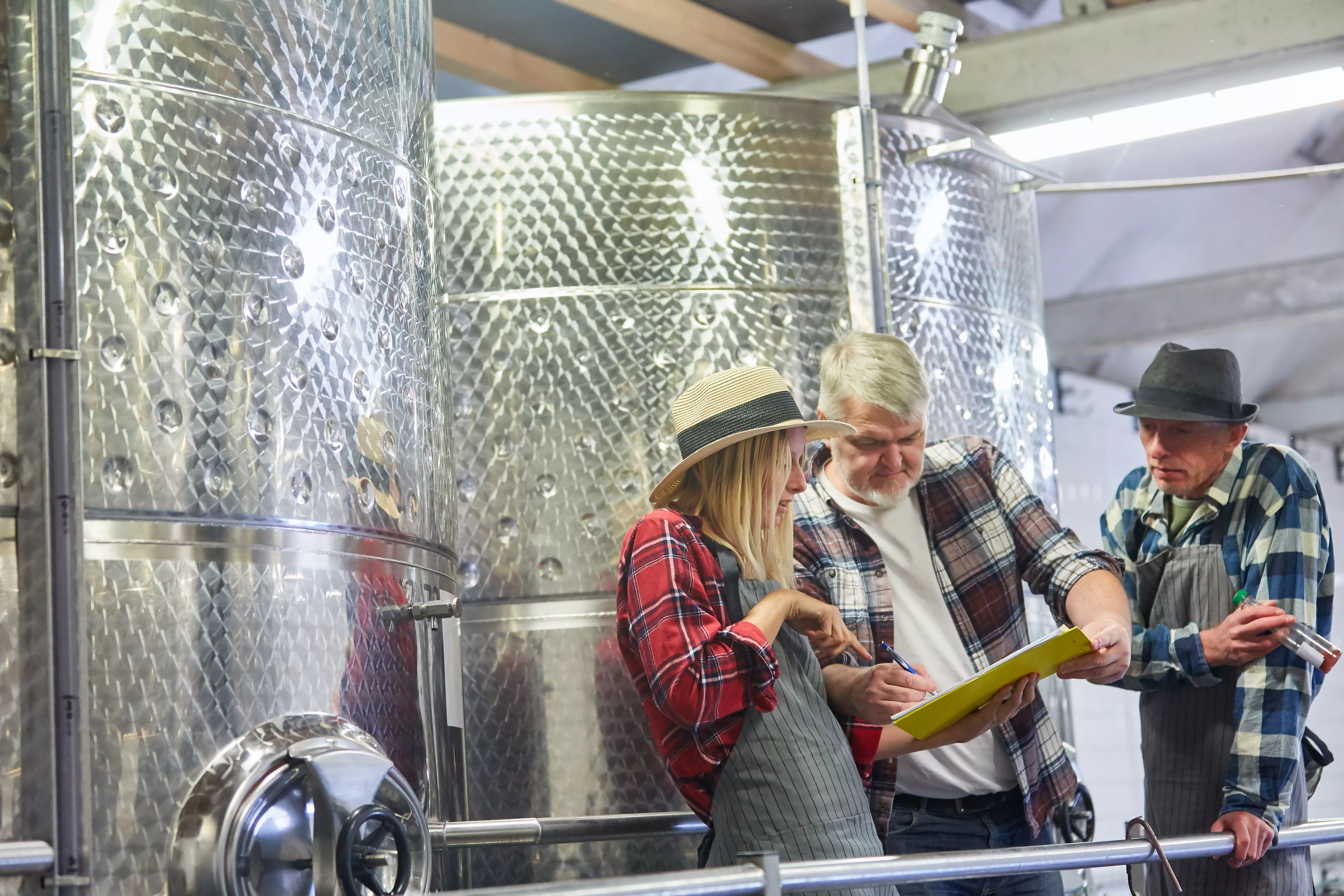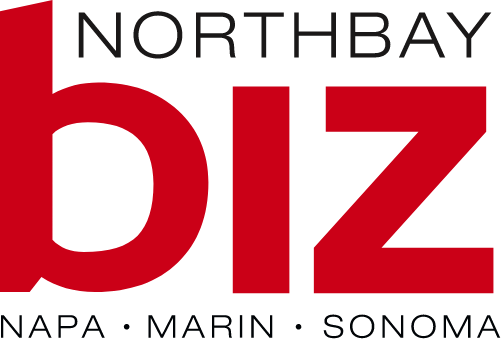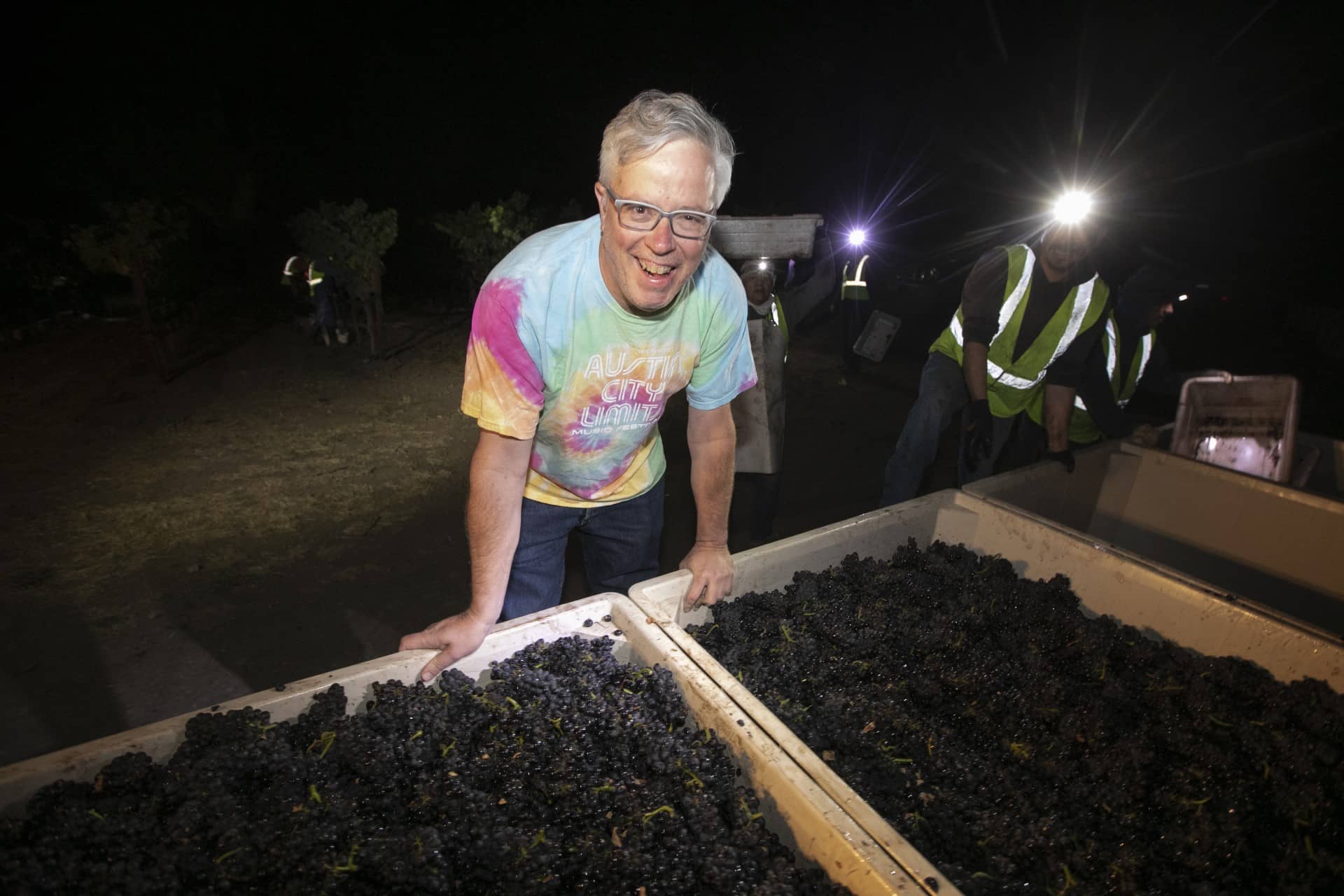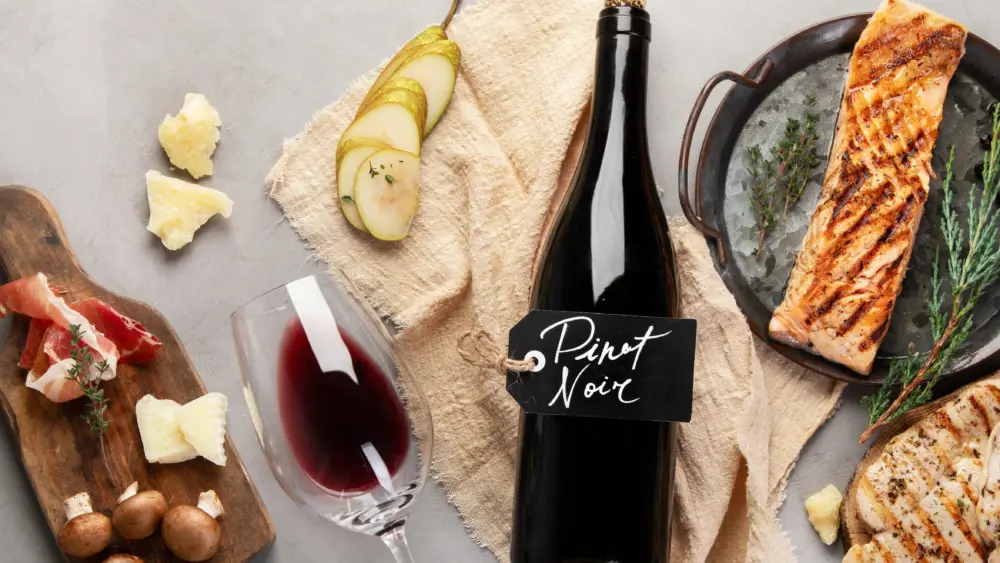
Throughout my career in the wine industry, I’ve navigated both the intimate world of running a single winery and the complex ecosystem of larger operations. Early on, I was the sole decision-maker—an approach that brought its own challenges (and, admittedly, had led to some therapy later in life). Since selling Siduri Wines a decade ago, my work with medium and larger wineries has revealed a distinct shift: Decision-making often becomes fragmented, divided into silos where individuals work independently. This structure, while practical in theory, can hinder the overall success of a winery. I believe that the “silo-ization” of responsibilities is one of the key obstacles holding back the wine industry today.
Here’s why this matters—and what we can do about it.
One of the most striking silos is the disconnect between vineyard management and winemaking. At smaller wineries, this split often manifests in a straightforward way: the winemaker focuses exclusively on winemaking, relying on growers to manage the vineyards. Input may be limited to harvest timing, with little collaboration during the growing season or post-harvest discussions about how vineyard practices influenced the wine’s character.
In larger operations, these divisions can become even more entrenched. Separate viticulture and winemaking teams rarely meet to align goals or strategies. For instance, I recently worked with a vineyard owner whose grapes showed critical nutrient deficiencies when processed. While I raised the alarm and advocated for corrective action, the vineyard manager admitted they’d never been provided with such data before and weren’t sure how to use it. This disconnect spurred an upcoming meeting where we’ll align our efforts—a promising step, but one that shouldn’t require a crisis to occur.
Beyond vineyard and winemaking silos, larger wineries often face disjointed communication between winemaking, marketing, sales and public relations teams. This lack of cohesion can result in missed opportunities to tell compelling stories about the wine.
Consider this: A winemaker might notice that a vintage produced more elegant, balanced wines than usual. This is certainly the case in much of California with the 2023 vintage. This insight could shape how the winery presents its story to critics and consumers, but if the winemaker isn’t communicating with the PR team—or if the sales manager doesn’t know which critics received the wines—those nuances get lost. A winery might even go so far as focusing sales efforts of these more elegant wines in markets that tend to appreciate that style, while pushing the bigger 2022 offerings in other, more receptive markets. By aligning these teams, wineries can craft narratives that not only enhance their brand but also engage customers more deeply.
What wineries need is an empowered “head coach”—someone who can unite the team, break down silos, and ensure everyone is working toward shared goals. The emphasis here is on empowered. Without the authority to make decisions, even the most capable leader risks having their vision diluted by bureaucracy. As a Dallas Cowboys fan, I’ve seen firsthand how a lack of true leadership can derail potential (and yes, that’s a painful admission).
To consumers, the wine world is a dreamscape where the winemaker walks the vines, crafts the wine and shares their story. Internally, we know this is an oversimplification, but it’s also an ideal worth striving toward. When teams are unified, their collective efforts can create wines that reflect this seamless vision—restoring some of the magic that makes wine so special.
By breaking down silos and fostering collaboration, wineries can not only make better wines but also rekindle the romantic allure that draws consumers in. It’s a small shift with the potential for profound impact, helping the industry evolve while preserving the passion that makes wine so timeless.




